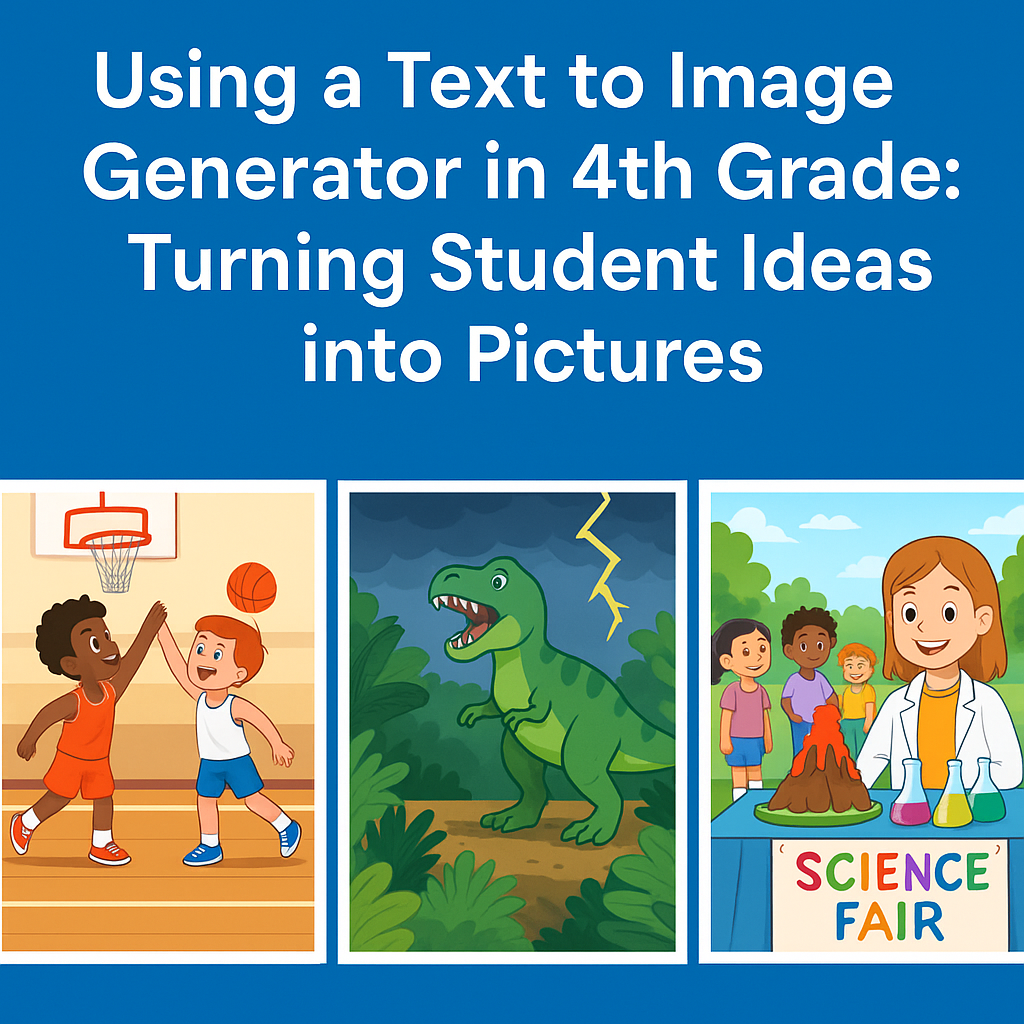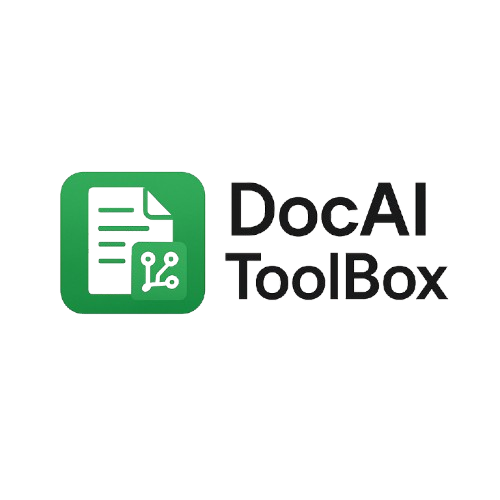Using a Text to Image Generator in 4th Grade: Turning Student Ideas into Pictures

Engaging 4th grade students in writing, science, and storytelling can be more exciting when words come to life as pictures. With tools like the DocAI Toolbox add-on for Google Docs, teachers can bring text to image generation into the classroom—letting students describe an idea, event, or character and instantly turn it into a unique, AI-generated image.
This powerful visual aid supports creative thinking, boosts engagement, and is easy to use, even with younger learners. Here’s how to get started.
🔧 Step 1: Install DocAI Toolbox in Google Docs
To begin using a text to image generator in class, follow these steps:
- Open a Google Doc.
- Click on Extensions > Add-ons > Get add-ons.
- Search for “Doc AI Tool Box” in the Google Workspace Marketplace.
Or go directly here: DocAI Toolbox - Click Install and approve the required permissions.
Once installed, the DocAI Toolbox panel will appear in your sidebar and is ready to use anytime inside your documents.
🧠 Step 2: Let Students Generate Images from Prompts
Now comes the fun part! Students can create their own short descriptions and use the text to image generator to visualize them.
✅ Here’s how:
- Type or highlight a sentence in your Google Doc—for example:
“A T-Rex roaring in a jungle during a thunderstorm” - Open DocAI Toolbox from the Extensions menu.
- Click on “Image Generator” in the sidebar.
- Paste the prompt or type a new one.
- Choose a fun style like “Cartoon” or “Colorful Illustration”.
- Click Generate Image—and watch the tool create a custom picture based on the text!
🦖 Sample Prompts for 4th Grade Classrooms
To help students get started, here are some age-appropriate prompt ideas across popular themes:
🏀 Sports
- “Two kids playing basketball in a school gym”
- “A soccer goalie diving to stop the ball”
- “A girl doing gymnastics at a competition”
🦕 Dinosaurs
- “A T-Rex chasing a group of triceratops”
- “A flying pterodactyl above a volcano”
- “Dinosaur bones being discovered by a scientist”
🎉 Events
- “A school science fair with students and colorful projects”
- “A Fourth of July fireworks show over a park”
- “A birthday party with balloons, cake, and kids playing”
Students can even come up with their own prompts to express personal interests, connect with class topics, or build visual stories.
✍️ Step 3: Use the Images for Writing and Discussion
Once students generate their images, they can:
- Write short stories or descriptive paragraphs
- Label the objects in the image
- Share their pictures with the class
- Create a comic strip or group story
This encourages observation, critical thinking, and language development—all wrapped in an engaging activity powered by text to image generation.
👩🏫 Bonus Tip for Teachers
Want to turn your 4th grade writing lesson into a collaborative project? Use the text to image generator in DocAI Toolbox to create a group storytelling experience.
Start by creating a sharable Google Doc and give all your students Editor access. In this single document, each student or small group can:
- Generate an image using their own text prompt
- Insert their AI-generated image
- Write a short paragraph that continues a shared storyline
This turns your class into a team of young authors and illustrators! By the end, you’ll have a fun, student-created digital storybook filled with unique visuals generated by AI.
You can also turn this group doc into:
- A class presentation for open house
- A printable keepsake for students
- A shared project for literacy or tech portfolios
By incorporating text to image generation into group writing, students learn collaboration, sequencing, and digital creativity in a way that’s fun and meaningful.
🎓 Why It Works for 4th Graders
- Visuals help students understand abstract ideas
- Encourages creativity and vocabulary use
- Supports reluctant writers and ESL learners
- Makes classwork more interactive and memorable
With the DocAI Toolbox and a bit of imagination, text to image generators are transforming how students learn and express ideas. It’s a fun, easy way to bring technology, storytelling, and creativity together in the 4th grade classroom.

